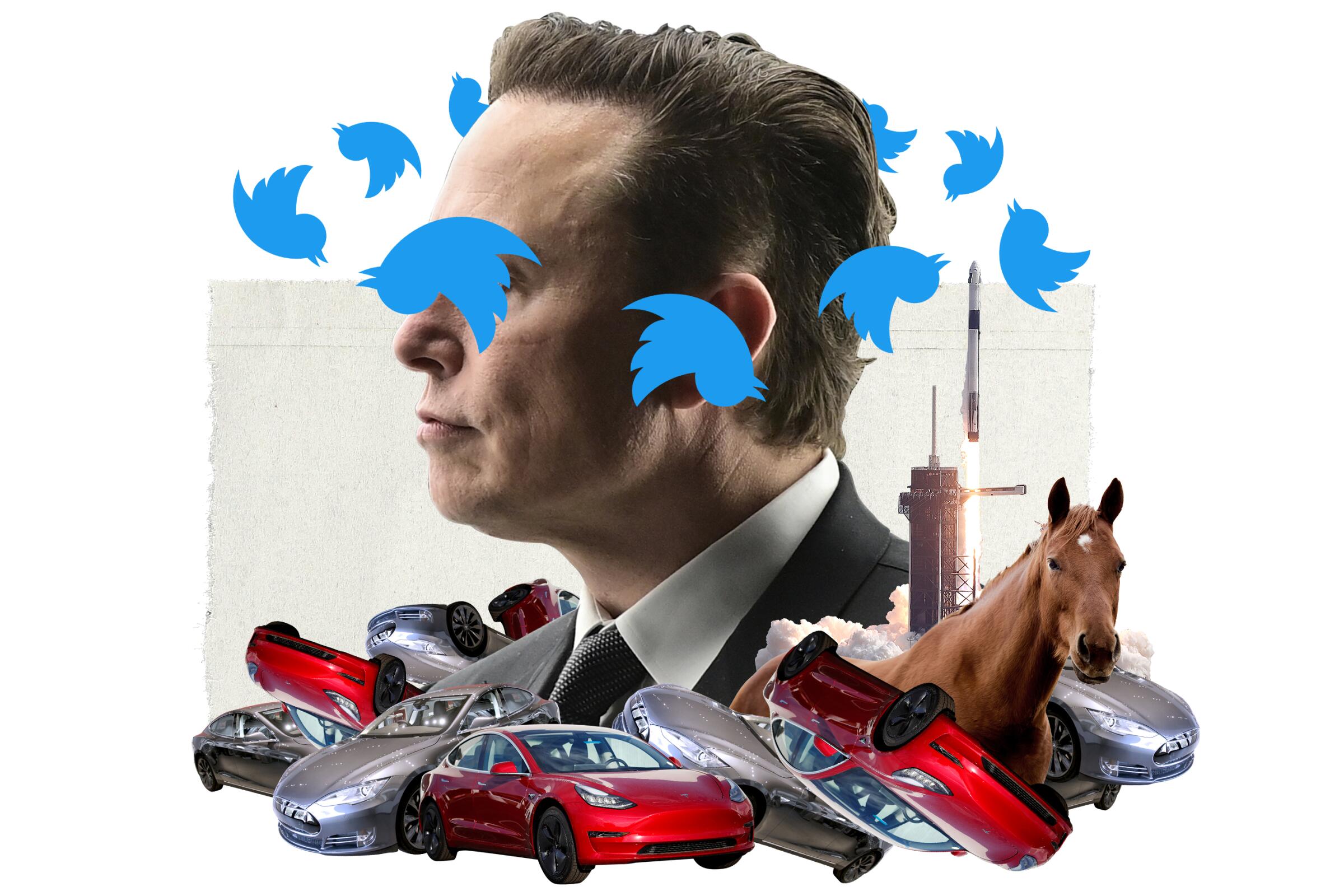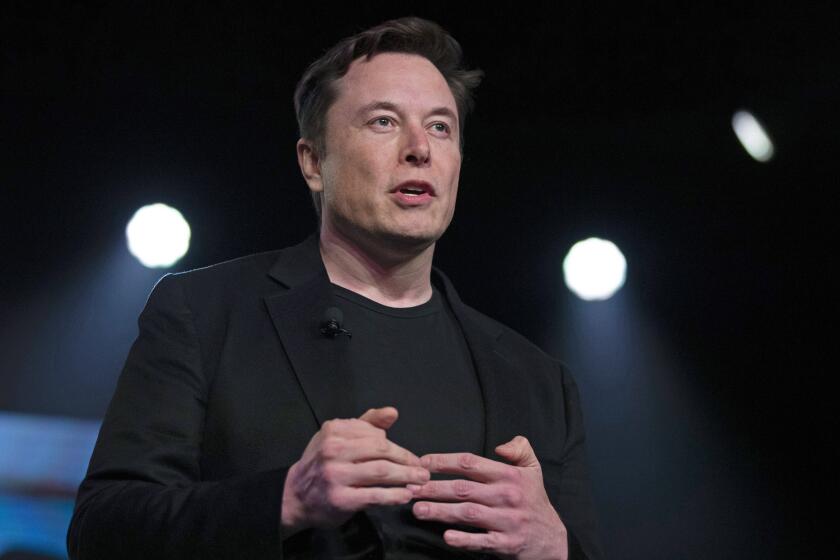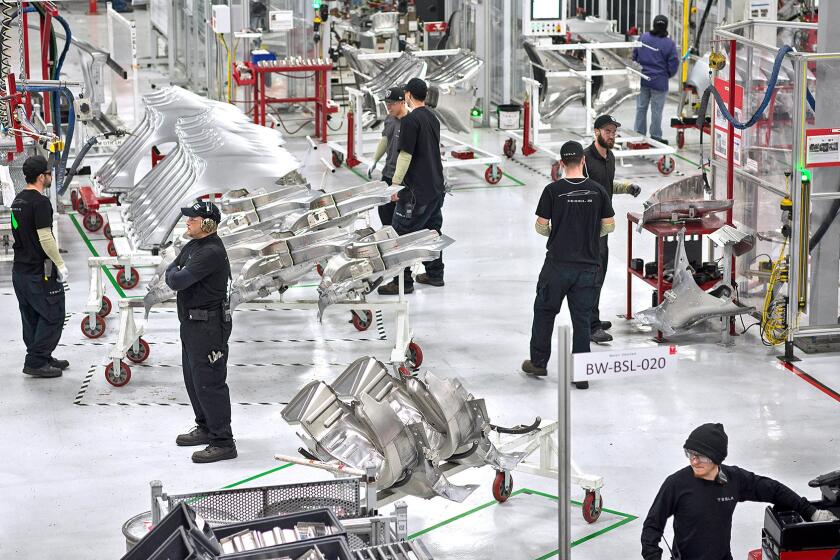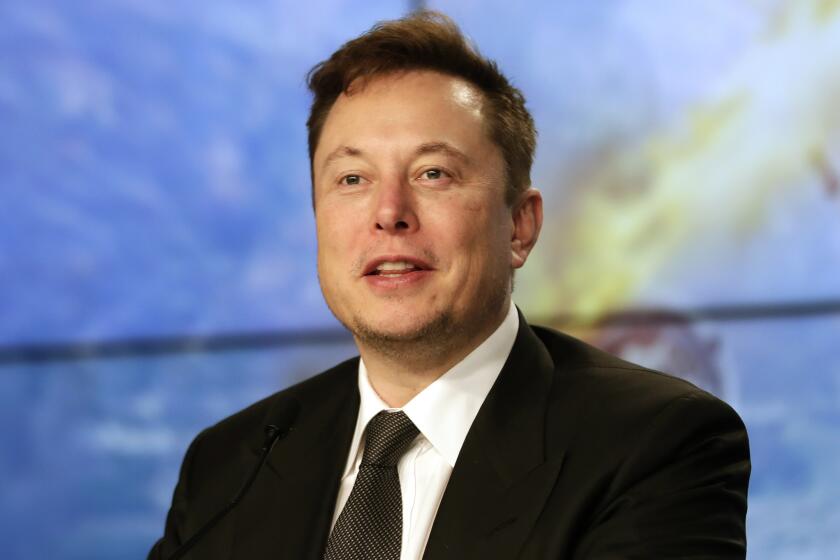Musk’s alleged crossing of personal lines with employees points to a broader issue: a seeming indifference or persistent blindness to issues around race and sex in the workplace.
Former SpaceX engineer Ashley Kosak published an essay online in 2021 that described a culture in which sexism ran rampant and the company did nothing to stop it. She described “countless men” making sexual advances. After one male co-worker “ran his hand over my shirt, from my lower waist to my chest,” she reported the incident but said no one followed up and the man remained on her team.
Soon after, the Verge talked to several former employees who backed up the gist of Kosak’s account and said they suffered similar harassment and retaliation for reporting it.
SpaceX did not respond to the Verge’s allegations. The publication did obtain an email written by SpaceX President Gwynne Shotwell that said the company takes sexual harassment seriously, and that “we also know we can always do better.”
After the report of his alleged horse offer, SpaceX employees wrote an open letter criticizing Musk’s behavior and the distraction he created. Some of the employees behind the letter were fired, according to a message from Shotwell obtained by the New York Times. In her letter, Shotwell said people who were asked to sign the letter were made to feel “uncomfortable, intimidated, and bullied.”
At Tesla, Black workers have for years made well-documented complaints about racism on the factory floor. Earlier this year, California’s civil rights agency filed suit against the company on behalf of thousands of workers.
Black workers complained that managers called them monkeys and other racial slurs, including routine use of the N-word. Some alleged the Black workers were given the worst jobs, no matter their qualifications. When they complained to human resources, several said, it made matters worse, and some were fired.
Tesla disputed the workers’ accounts at the time, saying, “Tesla prohibits discrimination in any form.”
Musk was not implicated directly in any of the complaints. Nor did he show any sign of taking them more seriously than he has taken past allegations of bias in his company’s workplaces or criticisms of his own deportment. His response: an email to workers advising victims of racism to get a “thick skin.”













